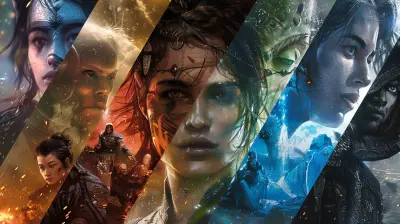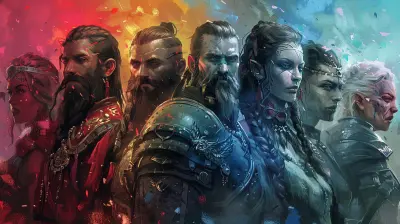The Rise of Synthwave Influence in Indie Game Soundtracks
9 November 2025
Ever found yourself humming the neon-soaked tunes of a game long after you’ve put the controller down? You’re not alone. Over the past decade, there’s been a massive surge in synthwave music popping up in indie game soundtracks, and it’s changing the way we experience games.
From retro-futuristic vibes to heart-pounding action beats, synthwave has become the sonic soul of modern indie games. But why is this nostalgic genre taking center stage now? And how has it carved such a powerful niche in the gaming industry?
Grab your best pair of aviators, queue up your favorite Miami Vice playlist, and let’s deep-dive into the glowing grid of synthwave’s rise in indie gaming.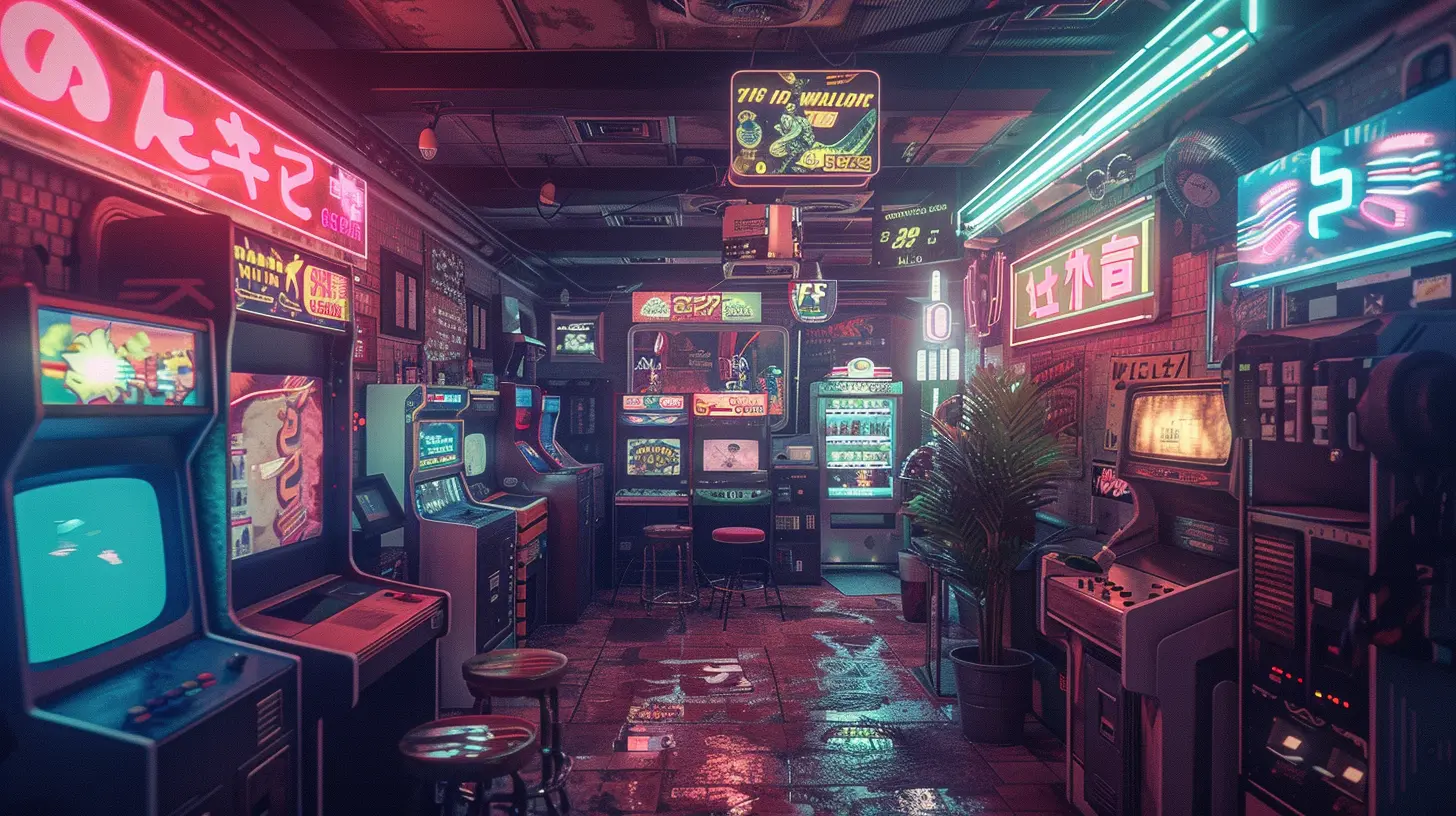
What Is Synthwave, Anyway?
Before we dive headfirst into game worlds, we need to get something straight — what exactly is synthwave?Synthwave is a genre of electronic music inspired by the sounds and aesthetics of the 1980s. Think pulsing synthesizers, dreamy melodies, and a rich, retro-futuristic atmosphere. It’s what you’d expect to hear in a sci-fi movie from 1986 — if that movie were directed by a time traveler obsessed with laser grids and cyberpunk dreams.
Over the years, synthwave has splintered into subgenres like darksynth, outrun, and chillwave. But at its heart, it’s all about evoking emotion through nostalgia, technology, and an unmistakable ‘80s flair. And guess what? That pairs beautifully with the emotional storytelling and artistic freedom of indie games.
Why Indie Games Love Synthwave
So, why are indie developers so in love with synthwave? Well, indie games are all about evoking feeling, atmosphere, and storytelling — often without the high-budget polish of AAA titles. Synthwave steps in like that perfect sidekick you didn’t know you needed.1. 🎮 Atmosphere is Everything
Indie games don’t rely on cutting-edge graphics or massive multiplayer features. Instead, they create immersive worlds through design, story, and — you guessed it — music.Synthwave is like a time machine wrapped in sound. It instantly sets a mood, whether that’s a moody neon alley, a high-speed sci-fi chase, or a slow, emotional journey of self-discovery. It paints entire worlds with nothing more than soundwaves.
2. 🎧 Budget-Friendly Brilliance
Let’s talk brass tacks: indie studios often have limited budgets. Hiring a full orchestra? That’s just not happening. But synthwave? It’s electronic, solo-creator-friendly, and incredibly versatile.One person in a home studio can produce a cinematic masterpiece with just a laptop and some synth plugins. This means indie devs can craft high-quality soundtracks without breaking the bank.
3. 🌈 Nostalgia Done Right
Indie games often pay homage to past eras — pixel art, side-scrolling adventures, top-down shooters — and what better match than the audio equivalent of a VHS tape and a cassette deck?Synthwave taps into a collective nostalgia many gamers share. It brings that emotional gut-punch that reminds us of late-night gaming sessions and simpler times, all while feeling fresh and futuristic.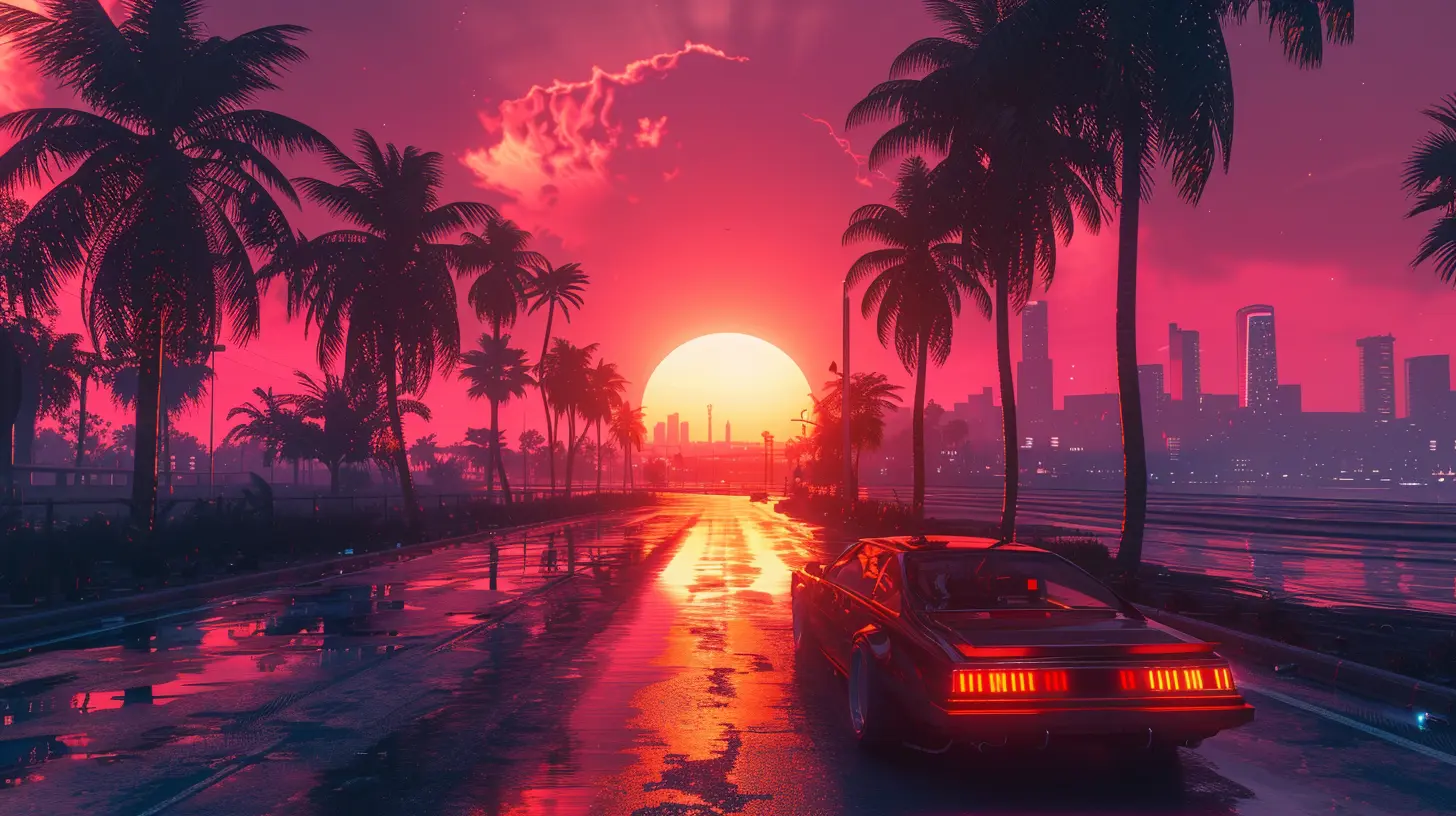
Notable Indie Games Rocking Synthwave Soundtracks
Let’s walk down a neon-lit path and check out some standout titles where synthwave didn’t just enhance the experience — it defined it.Hotline Miami (Dennaton Games)
You can’t talk about synthwave in gaming without tipping your hat to Hotline Miami. This ultra-violent, fast-paced action game is soaked in retro visuals and powered by a soundtrack that’s basically a love letter to synthwave.Artists like Perturbator and M.O.O.N. brought raw, pulsating energy that made each level feel like a nightmarish dance party. The music doesn’t just accompany the gameplay — it drives it.
Katana ZERO (Askiisoft)
Katana ZERO throws you into a dystopian, neon-drenched world where timing is everything. Its soundtrack fuses synthwave with lo-fi, jazzy beats and tension-filled rhythms. It plays with tempo the way the game plays with time — masterfully.The music does more than set the mood; it’s a narrative tool, pulsing in time with the story’s twists and turns.
The Last Night (Odd Tales - upcoming)
Though still in development, The Last Night has already turned heads for its stunning cyberpunk visuals and — you guessed it — its synth-heavy soundtrack. Mixing cinematic scopes with synthwave vibes, it promises to be an emotional, mind-bending journey.The anticipation around this game is proof that synthwave isn’t going anywhere. If anything, it’s evolving with the indie scene.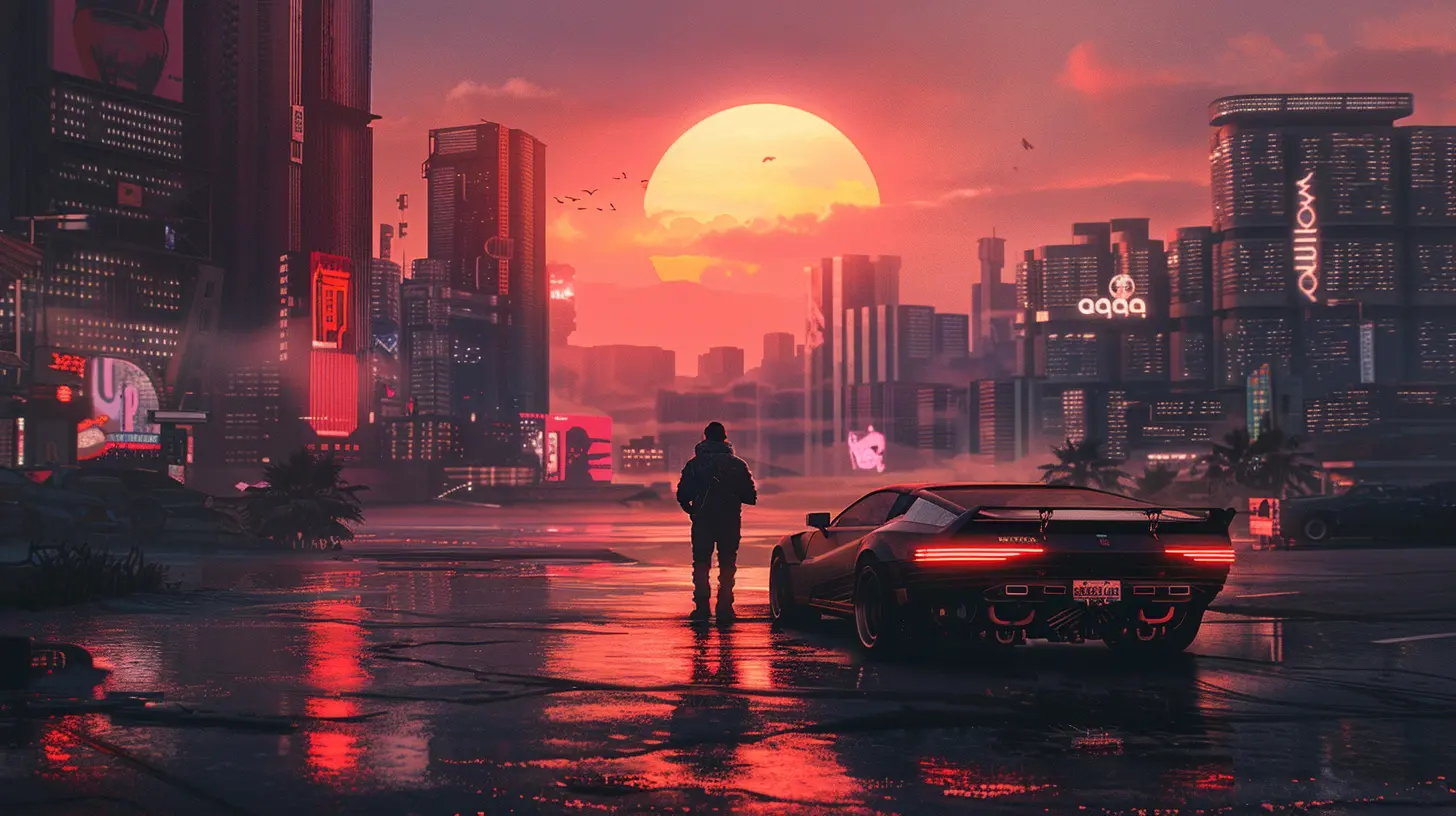
The Role of Music in Player Immersion
Ever played a game that just didn’t “click” until the music kicked in? That’s not an accident. Music plays a huge role in how immersed we feel in a game world, and synthwave has a special way of locking us in.It Triggers Emotional Memory
Our brains associate synth-heavy tunes with past experiences — whether those are real memories or cultural nostalgia. That deep emotional recall enhances the way we connect with a game’s story and characters.It Guides Gameplay Rhythm
In action-filled games, synthwave’s rhythmic beats can help guide pacing. It’s like having an invisible DJ pushing you to make that next move, dodge that next bullet, or leap across that next rooftop.The Indie Composer Boom
Here’s another twist to this story — the rise of synthwave in indie games has also created opportunities for up-and-coming composers and musicians.Platforms like Bandcamp, SoundCloud, and YouTube have become treasure troves for synthwave artists, many of whom find new audiences through gaming. Some even partner directly with developers to create original scores.
Musicians like Carpenter Brut, Lazerhawk, and Mitch Murder — legends in the synthwave scene — are now household names among gamers. They’ve helped inspire a whole new generation of bedroom producers looking to leave their mark on the indie game landscape.
Future Trends: Where Is Synthwave Heading?
Alright, let’s take out our crystal ball for a second. What does the future hold for synthwave in indie games?Hybrid Genres
Expect more merging of genres — think synthwave + orchestral, or synthwave + folk. Indie games are all about innovation, and music is no exception.Interactive Soundtracks
Imagine music that changes dynamically based on your actions. As AI and sound design tools improve, synthwave might not just set the mood — it could respond to it.VR and AR Synthscapes
With virtual and augmented reality on the rise, synthwave has the potential to create fully immersive sonic spaces. Picture walking through a glowing cyber city, each footstep triggering a new synth note. Sounds wild, right? But totally possible.Why It Matters (Now More Than Ever)
We live in a time of rapid change — in tech, in culture, and in the way we consume art. Synthwave, with its futuristic sound grounded in nostalgic roots, is the perfect metaphor for where indie gaming is headed.It’s a reminder that you don’t need millions of dollars to create emotional impact. That big feelings can come from small teams. That stories told through pixels and synths can stick with us just as much as blockbuster epics.
And maybe — just maybe — it tells us that the future of gaming still has a heart.
Final Thoughts: Synthwave Is More Than Just A Sound
Synthwave isn’t just background noise. It’s not just a retro trend. It’s a storytelling tool, a vibe setter, a memory trigger, and an emotional guide. In the hands of indie game creators, it becomes something even bigger — it becomes immersion itself.From the moment you hit play to the second you see the credits roll, synthwave wraps you in a digital embrace that’s as powerful as it is stylish.
Will it evolve? Definitely. Will it fade? Not likely.
So next time you're diving into an indie adventure and a dreamy synth track kicks in, take a moment to appreciate it. Because behind that sound is a movement — one that's redefining how games make us feel, one beat at a time.
all images in this post were generated using AI tools
Category:
Game SoundtracksAuthor:

Audrey McGhee
Discussion
rate this article
1 comments
Hayden McCollum
Ah, yes, because nothing screams "innovation" like retro beats and neon lights. Can't wait for the next indie game to set us all back to a totally original 1980s vibe!
November 9, 2025 at 4:15 PM

Audrey McGhee
I appreciate your perspective! Retro aesthetics can bring fresh inspiration, merging nostalgia with modern gameplay for a unique experience.
